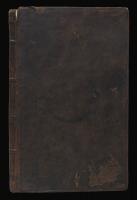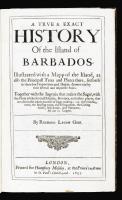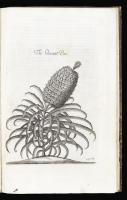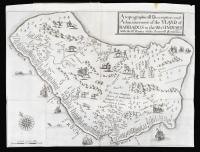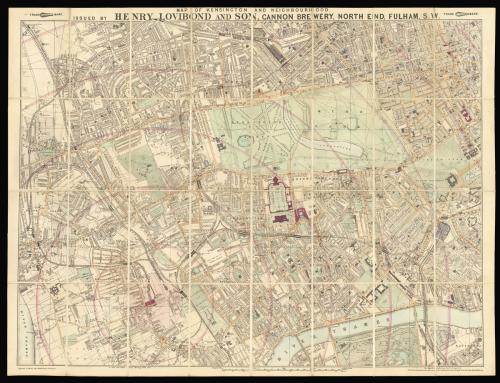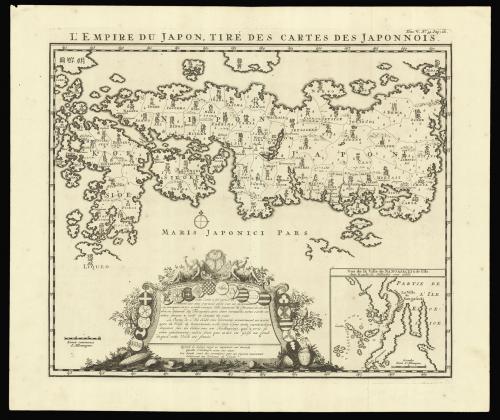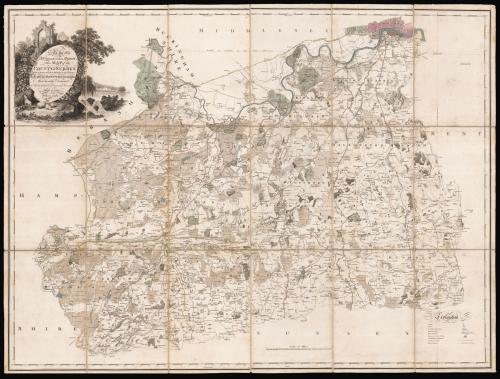
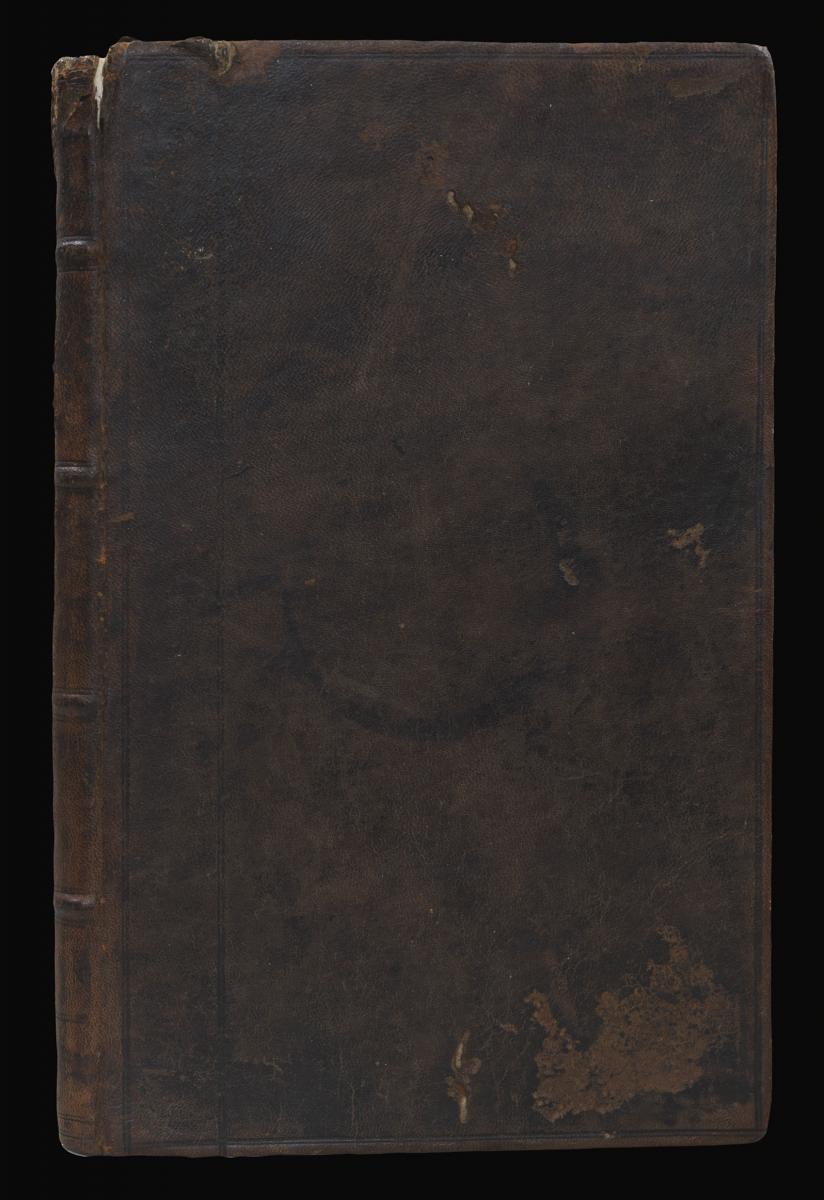
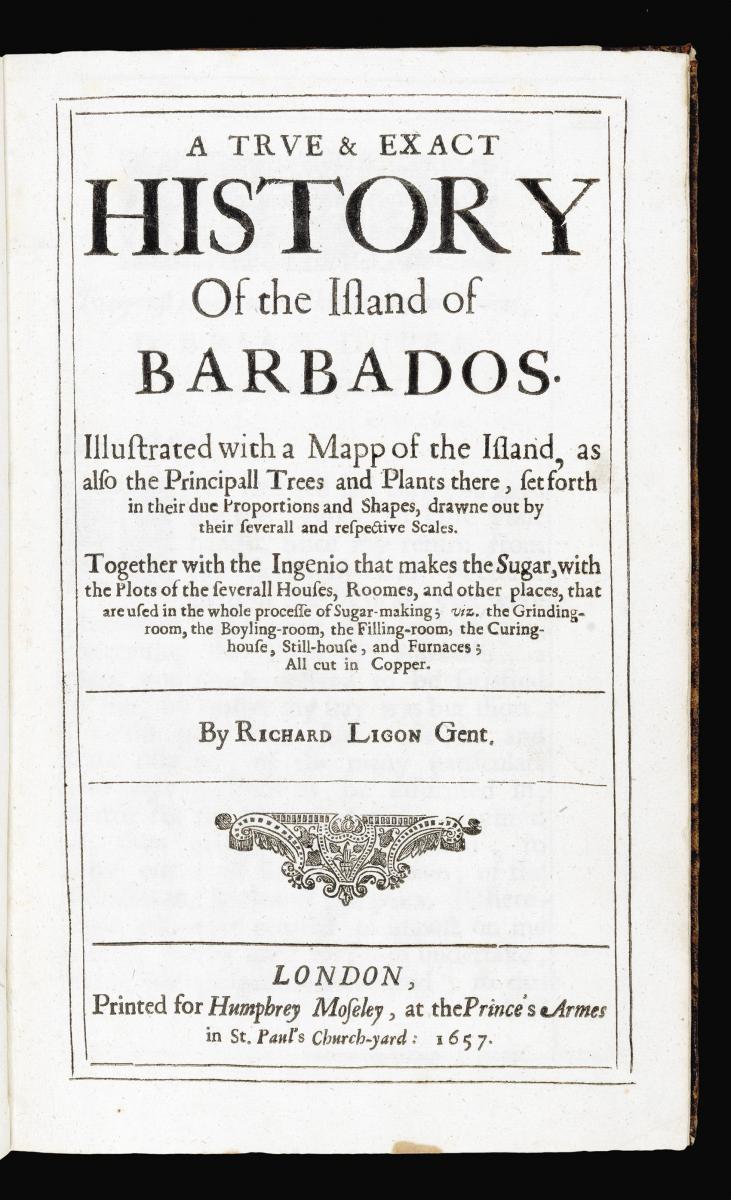
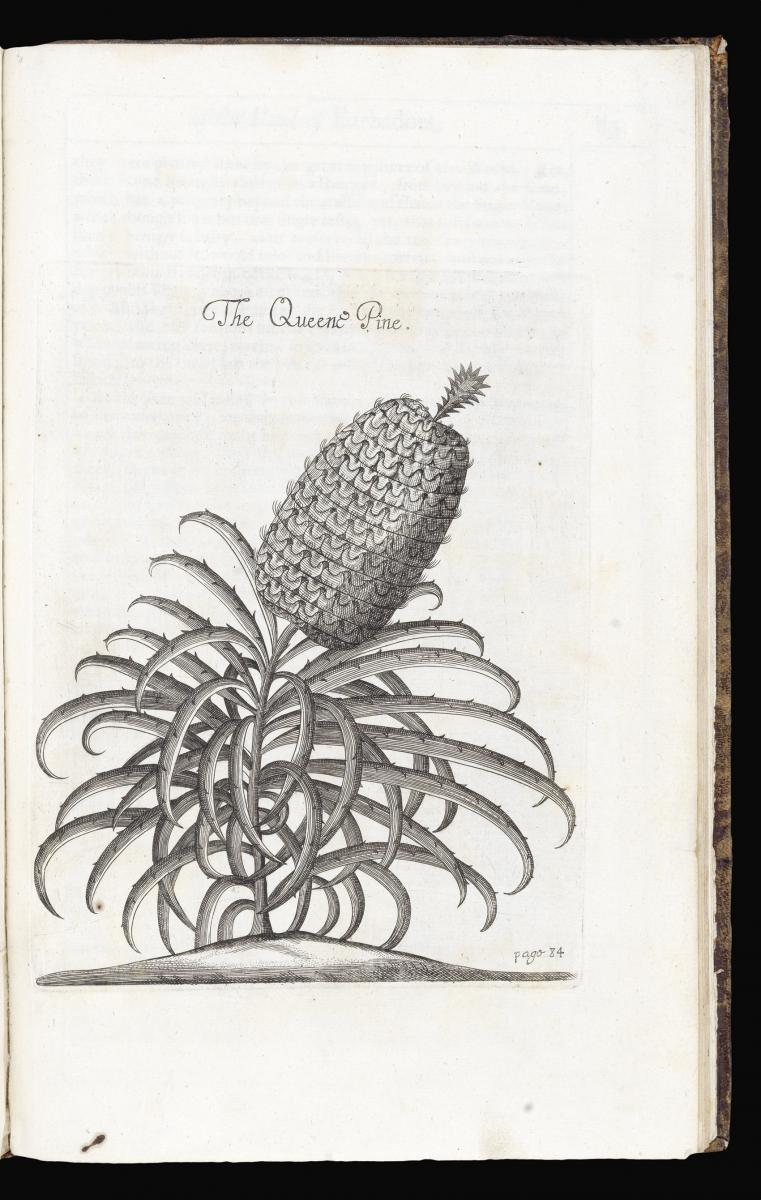
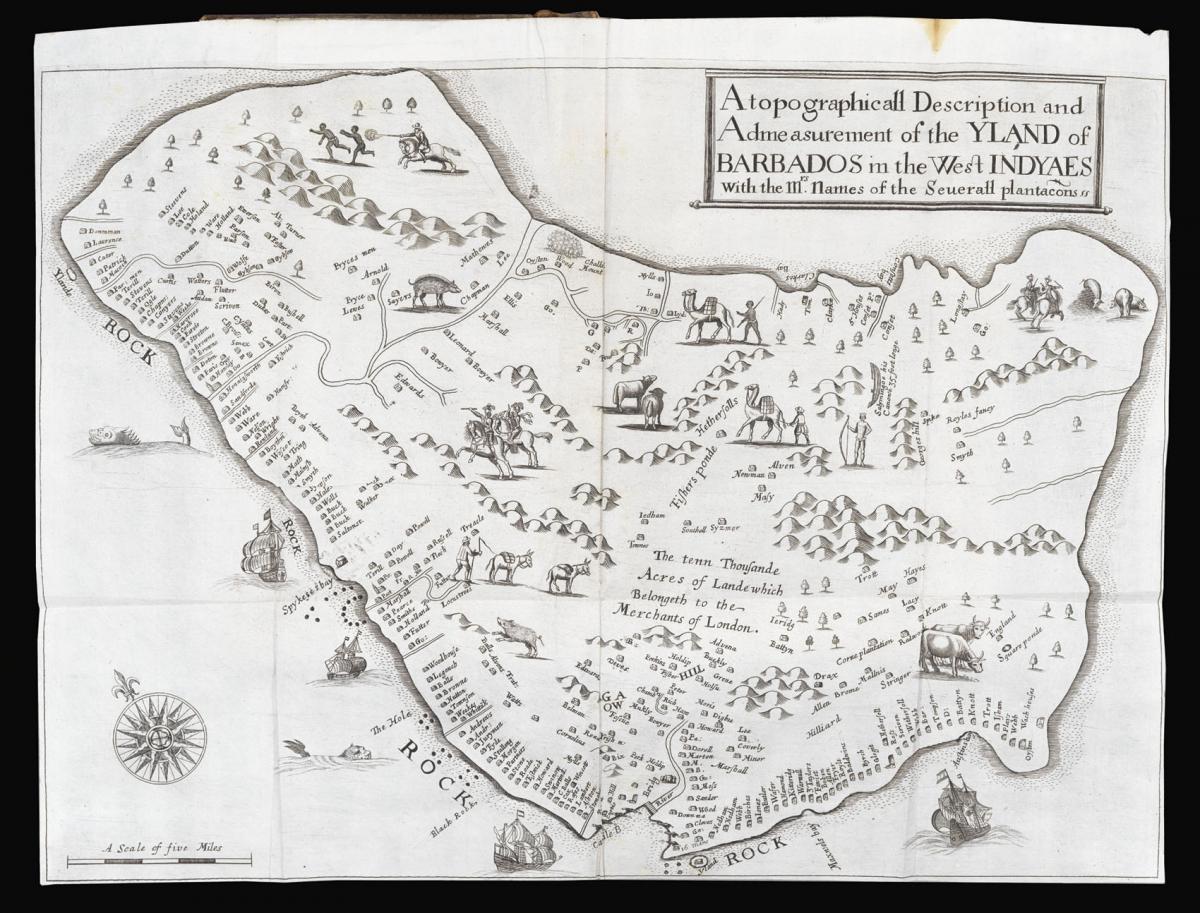
This object is eligible for a Certificate of BADA Provenance
The BADA Standard
- Since 1918, BADA has been the leading association for the antiques and fine art trade
- Members are elected for their knowledge, integrity and quality of stock
- Our clients are protected by BADA’s code of conduct
- Our dealers’ membership is reviewed and renewed annually
- Bada.org is a non-profit site: clients deal directly with members and they pay no hidden fees
A True & exact History of the Island of Barbados. Illustrated with a Mapp of the Island…
Author: LIGON, Richard
Publication place: London
Publisher: Printed for Moseley, at the Prince’s Armes in St. Paul’s Church-yard
Publication date: 1657.
Physical description: First edition folio (286 by 178mm), title, folding engraved map, nine engraved plates and charts, some folding, folding letterpress index leaf, speckled calf, fillet borders, spine in five compartments separated by raised bands, title in gilt to spine.
Notes
Ligon’s important work on Barbados containing the first separate map of Barbados.
The work contains an historical account of the island complemented by contemporary observations by Ligon, who was plantations manager on there from 1647 to 1650.
English ships first landed in Barbados in 1625 and a permanent settlement was established there in 1627. It was established as colony, funded by the London merchant Sir William Courten.
Ligon adapted an existing plan of Barbados by the surveyor Captain John Swan, made in 1638 and taken to England by the governor Henry Huncks, telling the reader that he interviewed “the antientest, and most knowing Surveyor” on the island (Tony Campbell).
The names along the coastline are exactly the same as Swan’s map, but Ligon added the many decorative flourishes and figures. Both Swan and Ligon estimated the size of the island, and both made it too Long; Ligon accepted Swan’s estimate of 28 miles, but the scale he used meant it was actually shown as 32 miles long, a third longer than in reality (P.F. Campbell).
Although the names and dwellings of Barbadian landowners are shown, no plantations are marked, with only a note in the centre to mark the “tenn Thousande Acres” belonging to London merchants. The colony of Barbados was run on both African and Amerindian slave labour after the initial English smallholders had been bought out or died, but the English saw greater potential to ‘civilise’ the native Amerindians and they were initially treated with slightly more respect, as shown by the depiction of the two races on the map.
At the upper left, a whip-wielding soldier chases two fleeing black slaves, firing a musket. In the centre, an Amerindian inhabitant is shown standing facing the viewer, carrying his native weapon of a large bow and identified as “Salymingoe”. There was more interest in aspects of Amerindian society, although by the end of the seventeenth century, both native Amerindians and imported African slaves were treated as part of the same slave class.
The map is also scattered with animals, suggesting both the exotic (camels laden with packs and wild boar) and the domestic (grazing sheep and goats). They suggest the varied economy of the island before it came to rely exclusively on sugar cultivation, which was the main source of wealth. Sugar cane was introduced in 1637 and was initially used to make rum, but the exporting of the raw crops of tobacco and sugar proved more profitable.
Bibliography
Sabin 41057
- Sabin, J. (1962). A Dictionary of books relating to America. Amsterdam: Israel.
Stock number
14796The BADA Standard
- Since 1918, BADA has been the leading association for the antiques and fine art trade
- Members are elected for their knowledge, integrity and quality of stock
- Our clients are protected by BADA’s code of conduct
- Our dealers’ membership is reviewed and renewed annually
- Bada.org is a non-profit site: clients deal directly with members and they pay no hidden fees


